USB 2.0 at 25: A Legacy of Speed, Simplicity, and Stability
This week marks the 25th anniversary of USB 2.0, first released on April 27, 2000. Designed to overcome the speed limitations of its predecessor, USB 2.0 brought with it a significant jump in performance—480 Mbps data transfer—and helped turn USB into the universal connector it is today.
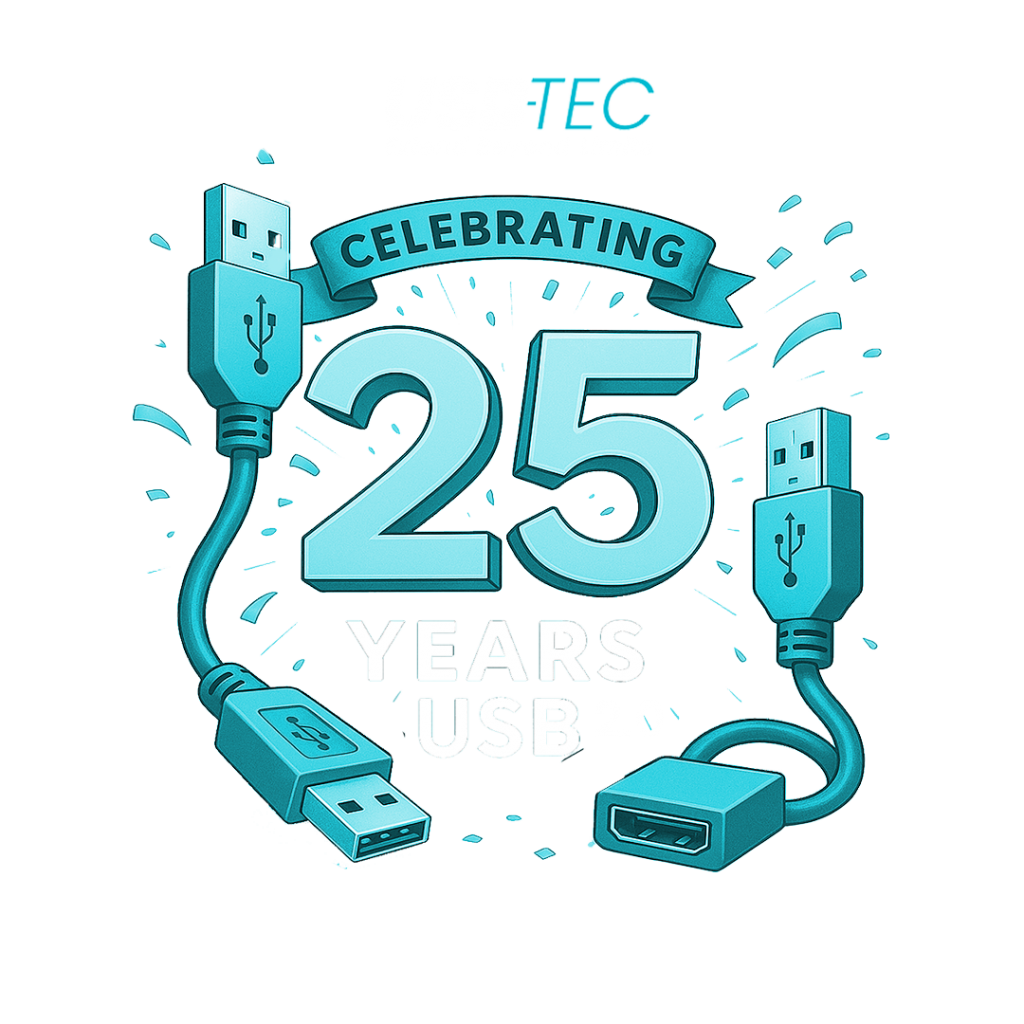
From Humble Beginnings: The Evolution of USB Standards
In January 1996, the tech industry witnessed the introduction of USB 1.0, a collaborative effort by companies like Intel, Microsoft, and IBM to create a universal interface for connecting peripherals to computers. USB 1.0 offered two data transfer rates: Low-Speed at 1.5 Mbps and Full-Speed at 12 Mbps . While it marked a significant step forward, USB 1.0 faced challenges in widespread adoption due to limited support and performance issues.
Recognizing these shortcomings, USB 1.1 was released in August 1998, addressing many of the initial problems and paving the way for broader acceptance. USB 1.1 maintained the same data rates but improved stability and compatibility, setting the stage for the next major leap in USB technology .
The Arrival of USB 2.0: A Quantum Leap
On April 27, 2000, USB 2.0 was officially released, introducing a High-Speed mode with data transfer rates up to 480 Mbps—40 times faster than USB 1.1 . This substantial increase in speed revolutionized the way we connected devices, enabling efficient data transfer for external hard drives, printers, scanners, and more.
USB 2.0 also introduced enhancements like improved power management and support for new connector types, including Mini and Micro USB, facilitating its integration into a wider array of devices, from desktop computers to portable electronics.
USB 2.0's Enduring Legacy
Even with the advent of USB 3.x and USB4, USB 2.0 remains prevalent in various applications due to its reliability, simplicity, and cost-effectiveness. Many embedded systems, industrial controllers, and consumer electronics continue to utilize USB 2.0, underscoring its lasting impact on the tech landscape.
At USB-Tec, we continue to support this enduring standard by providing a comprehensive range of USB 2.0 products, ensuring seamless connectivity for both legacy and modern systems.
Our USB 2.0 Extenders
25 years after its inception, USB 2.0 is still going strong and at USB-Tec you can extend without limits with our range of extenders.
With features like device class filtering, simultaneous users, switchable devices and a custom built Extender Administrator, USB-Tec provides solutions for all your extension needs, no matter the application.
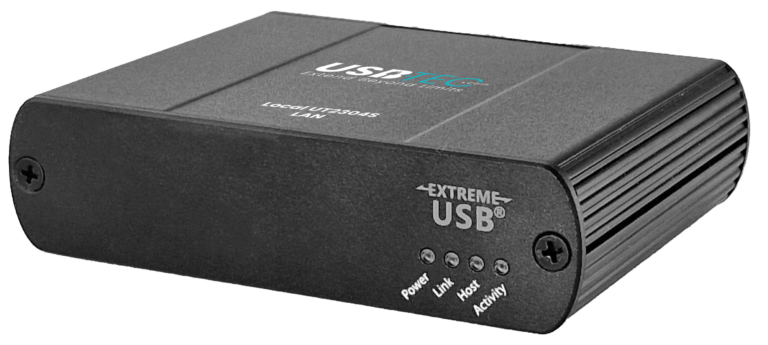
Local UT2304S-LAN
Local LEX encoder for Switchable and Simultaneous pairing up to seven Remotes.
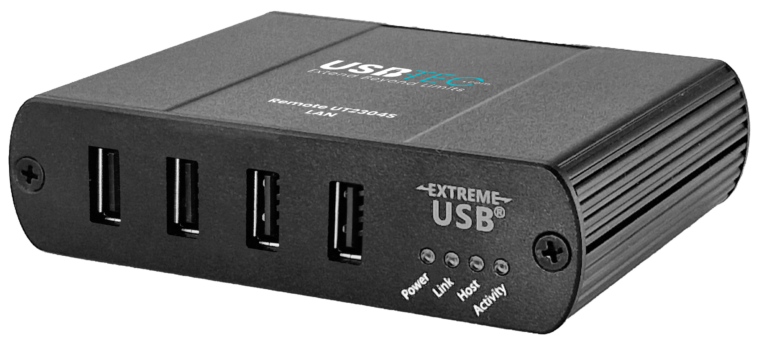
Remote UT2304S-LAN
Remote REX decoder for Switchable and Simultaneous pairing. Utilise up to seven with each Local unit.
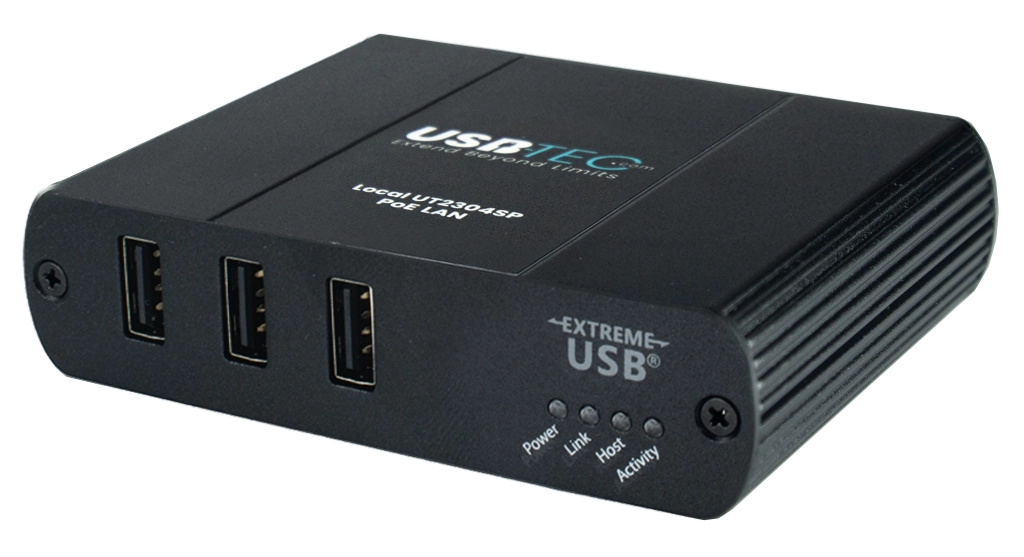
Local UT2304SP-LAN
3 Port Local LEX encoder for Switchable and Simultaneous pairing up to seven Remotes.
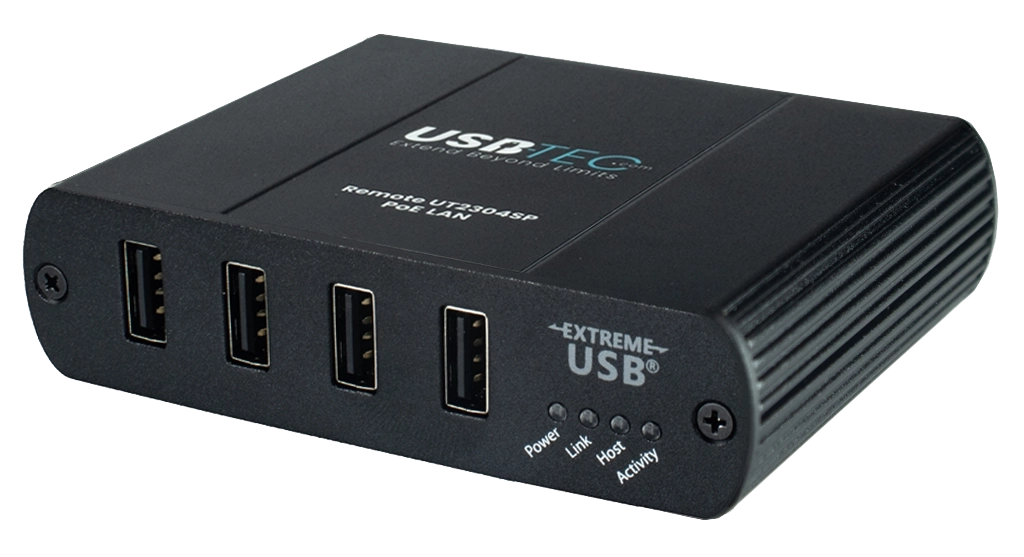
Remote UT2304SP-LAN
PoE+ LAN powered Remote REX decoder for Switchable and Simultaneous pairing.

13 Comments
buying enclomiphene uk meds
purchase enclomiphene cheap buy online no prescription
canada enclomiphene with no perscription
generique kamagra en spain
kamagra à un prix inférieur
kamagra livraison de nuit en ligne livraison
discount androxal purchase online safely
cheap androxal generic australia
how to buy androxal australia online no prescription
how to buy dutasteride australia online generic
purchase dutasteride purchase online safely
buy dutasteride generic mastercard
get flexeril cyclobenzaprine online no rx
order flexeril cyclobenzaprine retail price
discount flexeril cyclobenzaprine canada on sale
cheap gabapentin generic effectiveness
purchase gabapentin price from cvs
discount gabapentin cheap mastercard
discount fildena on line
purchase fildena generic alternatives
how to order fildena uk how to get
cheap itraconazole where to purchase
how to buy itraconazole cost usa
how to order itraconazole canada shipping
staxyn discount online
buy cheap staxyn mastercard buy
order staxyn uk london
buy avodart canada cost
buy avodart generic best price
buy cheap avodart retail price
online order rifaximin uk buy over counter
how to buy rifaximin without rx online
how to buy rifaximin canada no prescription
get xifaxan american express canada
purchase xifaxan generic side effect
online order xifaxan generic from the uk
kamagra phar
online lékárna kamagra
kamagra sobotní doručení zdarma